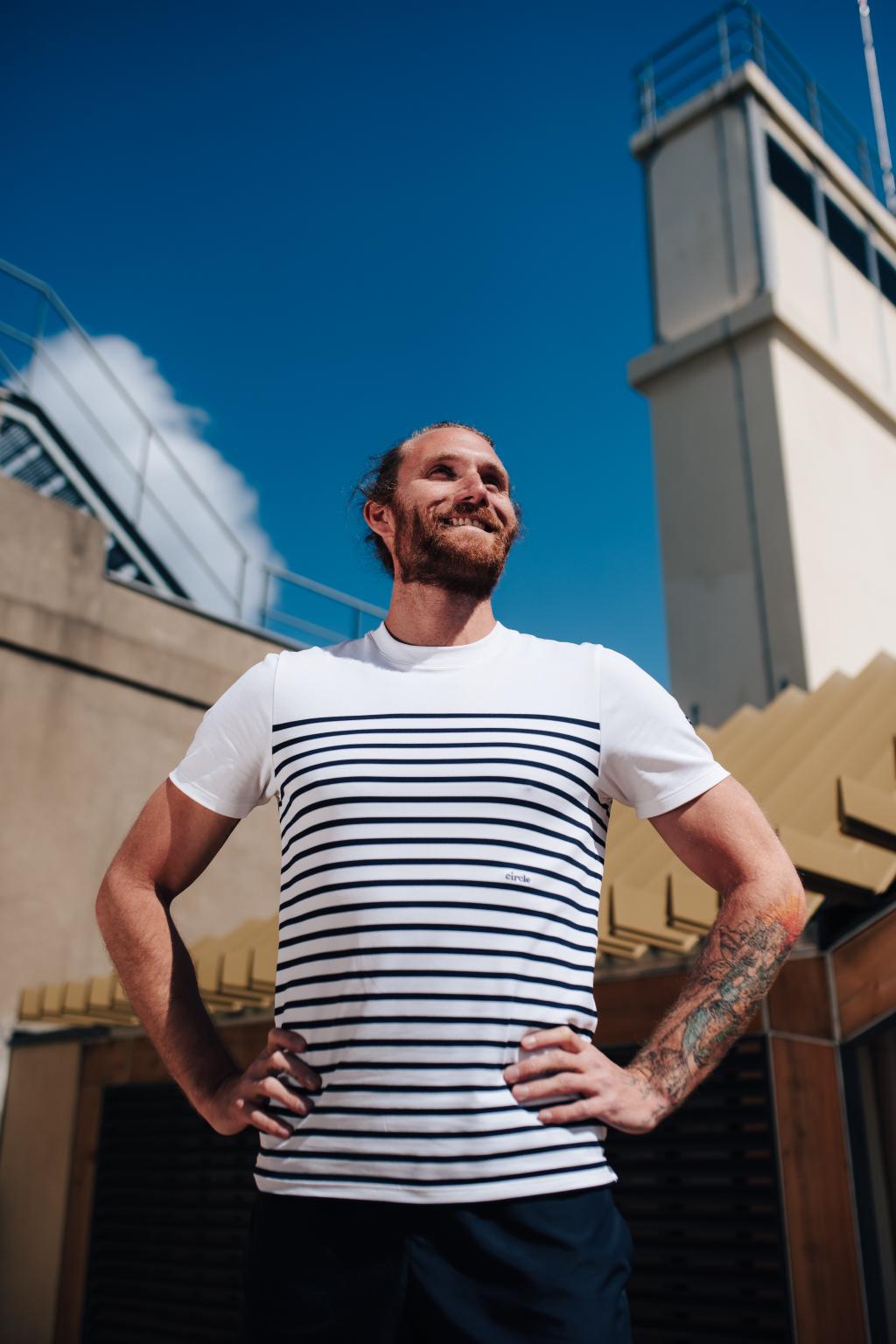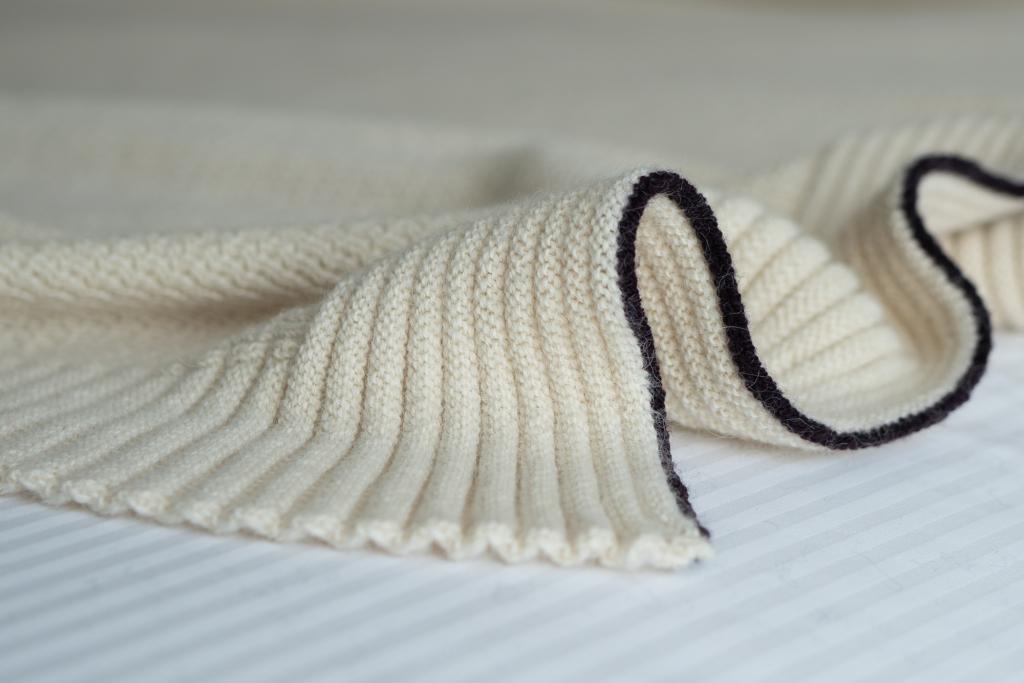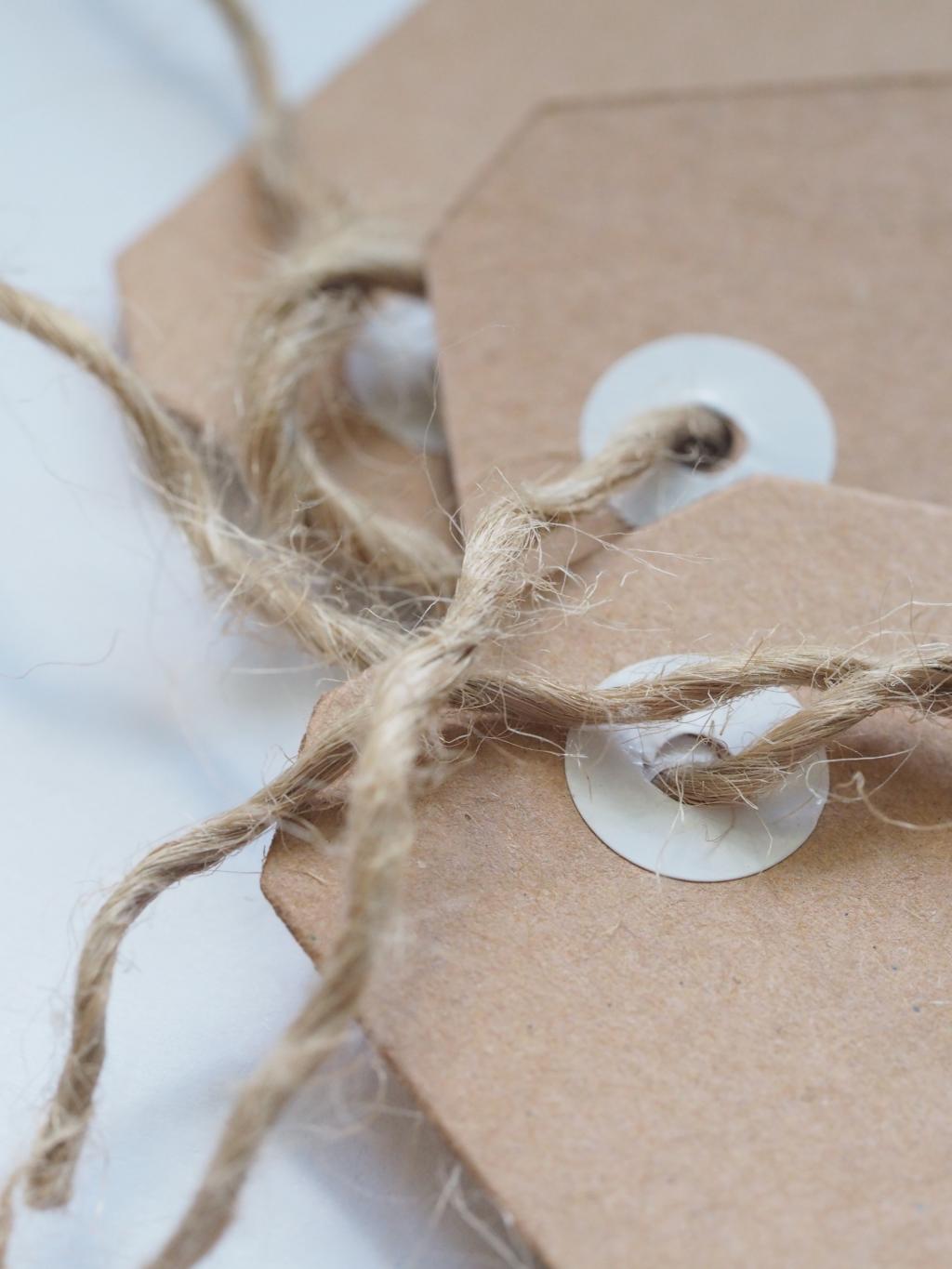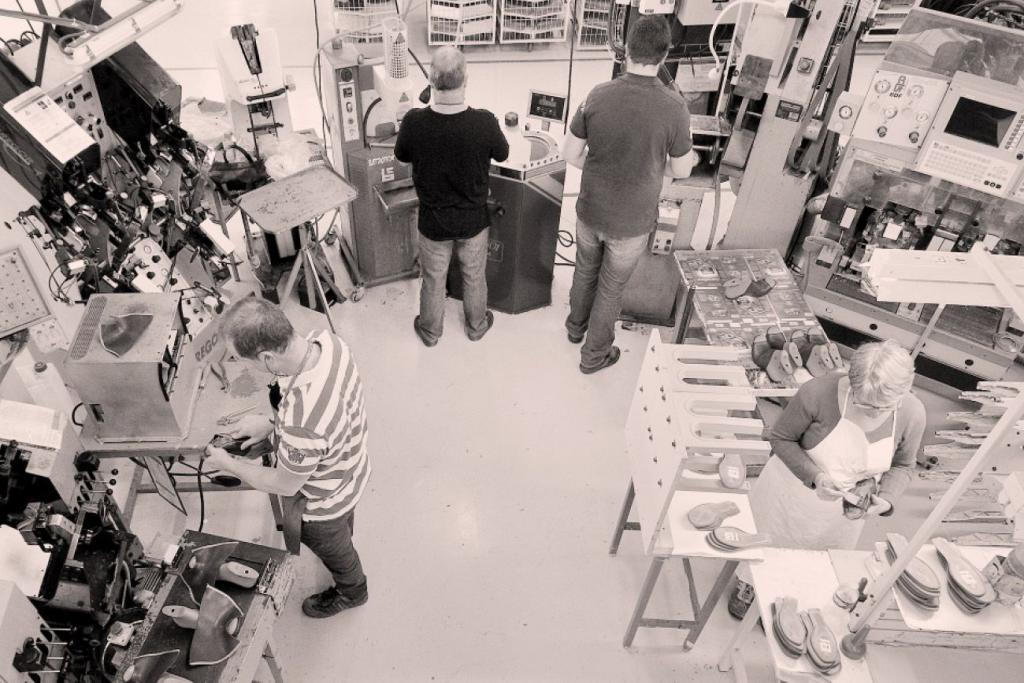Context and description
Product life duration depends on numerous parameters such as the choice of the materials used, the quality of blends, the sustainability of finishes, but also how the product is cared for by the consumer.
In order to extend product life duration, organisations can play a role in raising awareness and informing consumers on the importance of best product care and the solutions available to them.







